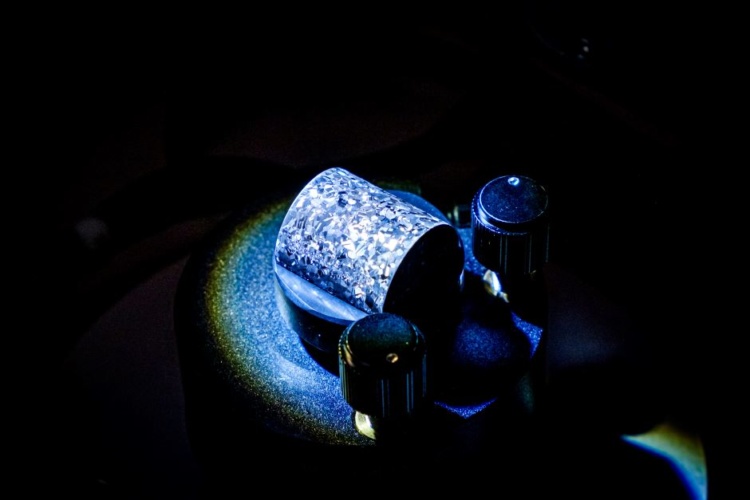Low-cost method speeds up analysis of 3D printed metal parts
A fast and inexpensive imaging method analyses the structure of 3D-printed metal parts and offer insights into the quality of the material, its developers claim.

Most 3D-printed metal alloys consist of a myriad of microscopic crystals, which differ in shape, size, and atomic lattice orientation. By mapping out this information, scientists and engineers can infer the alloy’s properties, such as strength and toughness.
According to scientists from Nanyang Technological University, Singapore (NTU Singapore), the technology could benefit a range of sectors, including aerospace where low-cost, rapid assessment of mission-critical parts could prove beneficial for the maintenance, repair and overhaul industry.
Until now, analysing this microstructure in 3D printed metal alloys has been achieved through laborious and time-consuming measurements using expensive scanning electron microscopes.
MORE FROM ADDITIVE MANUFACTURING
The method designed by Nanyang Assistant Professor Matteo Seita and his team is claimed to provide the same quality of information in minutes by using a system consisting of an optical camera, a flashlight, and a notebook computer that runs proprietary machine-learning software developed by the team.
Register now to continue reading
Thanks for visiting The Engineer. You’ve now reached your monthly limit of news stories. Register for free to unlock unlimited access to all of our news coverage, as well as premium content including opinion, in-depth features and special reports.
Benefits of registering
-
In-depth insights and coverage of key emerging trends
-
Unrestricted access to special reports throughout the year
-
Daily technology news delivered straight to your inbox










UK Enters ‘Golden Age of Nuclear’
Anybody know why it takes from 2025 to mid 2030's to build a factory-made SMR, by RR? Ten years... has there been no demonstrator either? Do RR...